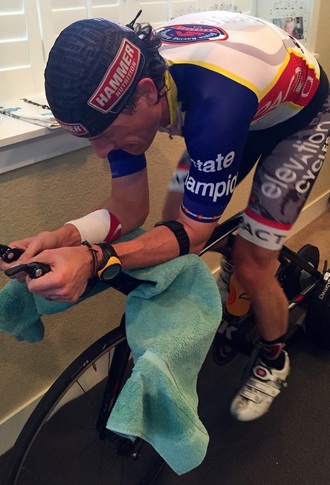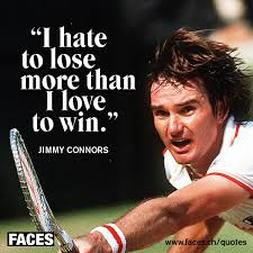While recovery is important for endurance athletes, it is of critical importance to Masters athletes. Our recuperative abilities start to slow before our performance abilities do, so while Masters athletes can train as fast and as hard as when they were younger, it is within a workout and not across all workouts. See the difference?
The generic rule of thumb for recovery has been to keep your HR below 120bpm (or power below 55% FTP on the bike) – either between intervals in a hard workout or during recovery workouts. Some coaches even profess that recovery periods between intervals should be based on your HR rather than based on a specific duration. They say that once your HR drops below 120, that’s your cue to start the next hard interval. However you define it, these numbers are nothing more than generic “ceilings”, more meant to guide athletes rather than actually being explained as to why these ceilings are what they are or why they were chosen as the be all, end all for recovery. As stated above, the challenge is that if athletes aren’t “feeling the burn” or are not sweating profusely, then they feel they are wasting their time and that their fitness is backsliding.
The premise has been that we need to go easy but not too easy, otherwise we’re unable to clear out the fatigue from our muscles. But, if we recover too hard or extend recovery workouts too long, then we inhibit the recovery process and we might as well just put in another challenging workout session. However, new studies are suggesting recovery is even more effective at lower levels of effort. On the bike, allowing your HR to drop below 110bpm and even as low as 100bpm is more effective than keeping it up around 120bpm. And, for running intervals on the track, standing in place rather than jogging easy has proven to be more effective for recovery and leading to faster intervals overall.
So, why are athletes so reticent to stop motion? Or to ease off the throttle even more during recovery? The answer is that it’s a mental predisposition. Athletes look at everything as a workout. Rather than looking at each hard interval as a standalone entity meant to spur adaptation, athletes look at the complete workout as the thing that is meant to spur that adaptation. It’s not. Multiple hard intervals create greater adaptation that a singular interval because the body is forced to perform as fatigue mounts, lactate accumulates faster than it can be flushed, muscle neuron receptors fatigue, the body dehydrates, core temperature rises and more. But, it is still the individual hard interval that is the key to the workout rather than the workout in totality.
Athletes need to shift their thought process regarding how they view their workouts. What is any given workout meant to accomplish and how can the athlete best accomplish that outcome? If the goal is to complete intervals as fast as possible, then it is even more imperative to back down between those intervals, for example.
Try this. Back down your recovery even more than usual for a full month (gasp!). Knock 10-15bpm off your HR or 5-10% off your L1 watts. Stay super relaxed and apply very light pressure on the pedals, or just focus on floating over the ground while you run, or focus on drill work in the pool to ensure you’re not pushing the pace. Any time you feel yourself starting to press, back it down. You will recover more effectively, you will perform better during your key workouts and, ultimately, you will make more progress in your training.
Happy Training,
Coach Nate




 RSS Feed
RSS Feed